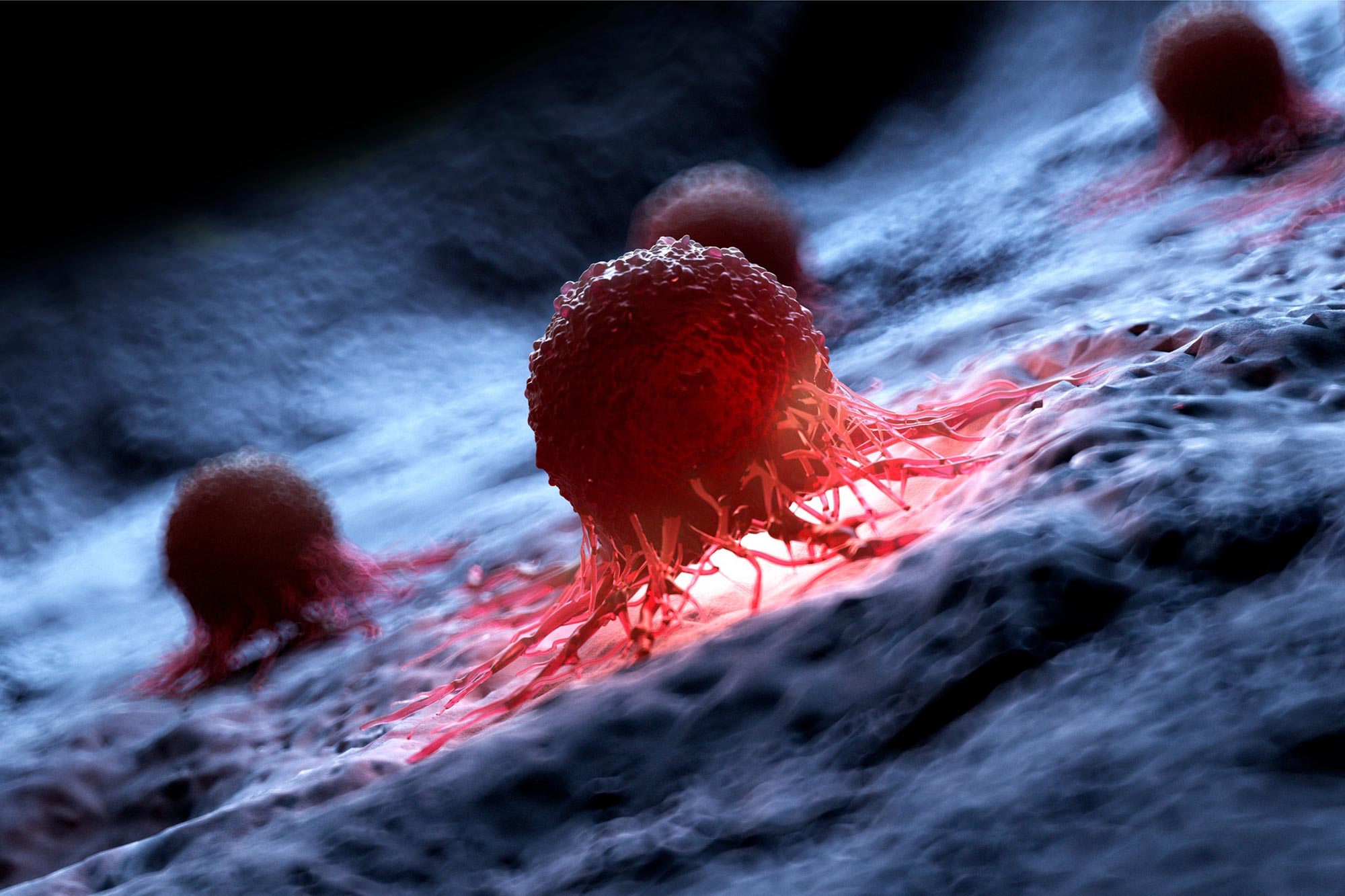Researchers at Yale University have discovered a potential new way to treat cancer


A new study shows that cancer cells that have extra chromosomes depend on those extra chromosomes for tumor growth, and removing them stops tumor formation. The research opens a potential new avenue for treating cancer by selectively targeting these extra chromosomes.
A recent study from Yale University indicates that extra chromosomes in cancer cells are essential for the growth of tumors. Removing these extra chromosomes prevents tumor formation. The researchers said the findings suggest that selectively targeting the extra chromosomes may offer a new avenue for treating cancer.
The study was recently published in the journal Sciences.
Human cells normally contain 23 pairs of chromosomes; The extra chromosomes are an anomaly known as aneuploidy.
“If you look at normal skin or normal lung tissue, for example, 99.9 percent of the cells will have the correct number of chromosomes,” said Jason Sheltzer, associate professor of surgery at Yale University School of Medicine and senior author of the study. “But we’ve known for more than 100 years that almost all cancers are aneuploid.”
However, it was not clear what role the extra chromosomes play in cancer, for example, whether they cause or are caused by cancer.
“For a long time, we could observe aneuploidy but not manipulate it. We didn’t have the right tools,” said Sheltzer, who is also a researcher at the Yale Cancer Center. “But in this study, we used the genetic engineering technique CRISPR to develop a new approach. to remove entire chromosomes from cancer cells, which is an important technological advance. Being able to manipulate aneuploid chromosomes in this way will lead to a greater understanding of how they work.
The study was co-led by former lab members Vishrut Girish, now MD. A student at Johns Hopkins University School of Medicine, Asad Lakhani, is now a postdoctoral researcher at the Cold Spring Harbor Laboratory.
Using their newly developed approach — which they call Restoration of Aneuploid Cells Using CRISPR Targeting, or ReDACT — the researchers targeted aneuploidy in melanoma, stomach cancer, and ovarian cell lines. Specifically, they removed an abnormal third copy of the long segment – also known as the ‘q arm’ – of chromosome 1, which is present in several types of cancer, is associated with disease progression, and occurs early in cancer development.
“When we removed aneuploidy from the genomes of these cancer cells, it impaired the malignant potential of those cells and they lost their ability to form tumors,” Schelzer said.
Based on this finding, the researchers suggested that cancer cells may have an “aneuploid addiction” – a name referring to previous research that found that eliminating oncogenes, which can turn a cell into a cancer cell, disrupts the cancer’s tumor-forming abilities. This discovery led to a model of cancer growth called “oncogene addiction”.
When investigating how an extra copy of chromosome 1q might promote cancer, the researchers found that multiple genes stimulated the growth of cancer cells when they were overrepresented — because they were encoded on three chromosomes instead of the typical two.
This overexpression of certain genes also pointed researchers to a vulnerability that could be exploited to target aneuploid cancers.
Previous research has shown that the gene encoded on chromosome 1, known as UCK2, required to activate some drugs. In the new study, Schelzer and colleagues found that cells with an extra copy of chromosome 1 were more sensitive to these drugs than cells with only two copies, due to overexpression of chromosome 1. UCK2.
What’s more, they note, this sensitivity means that the drugs can redirect cellular development away from aneuploidy, allowing the formation of a population of cells with normal chromosome numbers, and thus less likely to become cancerous. When the researchers created a mixture of 20 percent aneuploid cells and 80 percent normal cells, the aneuploid cells took over: after nine days, they made up 75 percent of the mixture. But when the researchers exposed the 20% aneuploid mixture to one of… UCK2Drug-dependent, aneuploid cells made up only 4% of the mix after nine days.
“This told us that aneuploidy could act as a therapeutic target for cancer,” Schelzer said. “Almost all cancers are aneuploid, so if you had some way of selectively targeting those aneuploid cells, that could, in theory, be a good way to target cancer with little effect on normal, non-cancerous tissue.”
More research needs to be done before this approach can be tested in a clinical trial. But Sheltzer aims to transfer that work into animal models, evaluate additional drugs and other aneuploidies, and collaborate with drug companies to advance them to clinical trials.
“We’re very interested in clinical translation,” Schelzer said. “So we’re thinking about how we can expand our discoveries in a therapeutic direction.”
Reference: “Oncogene-like addiction to aneuploidy in human cancers” by Vishruth Girish, Asad A. Lakhani, Sarah L. Thompson, Christine M. Scaduto, Leanne M. Brown, Ryan A. Hagenson, Erin L. Sausville, Brianna E. Mendelsohn, Pranav K. Candicoba, Devon A. Loco, Monet Le Yuan, Eric C. Stephens, Sophia N. Lee, Clasky M, Schocken, Saron M. Akallo, Anand Vasudevan, Charles Zhou, Barbora Slawowska, Wenxu Lee, Joan C Smith, Allison M Taylor, Robert A. Martinsen, Yansheng Liu, Rubing Sun, and Jason M. Sheltzer, July 6, 2023, Available Here. Sciences.
doi: 10.1126/science.adg4521




